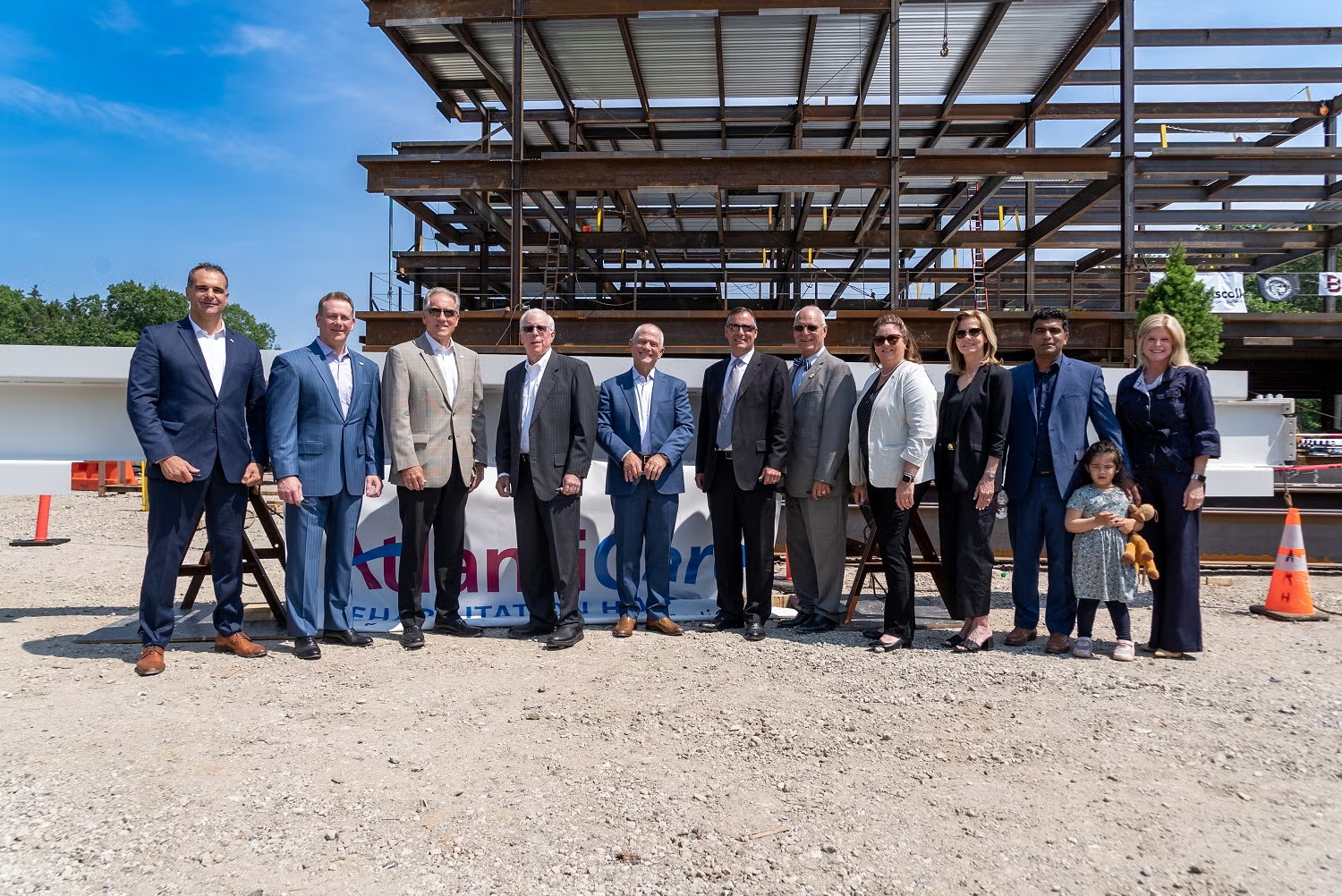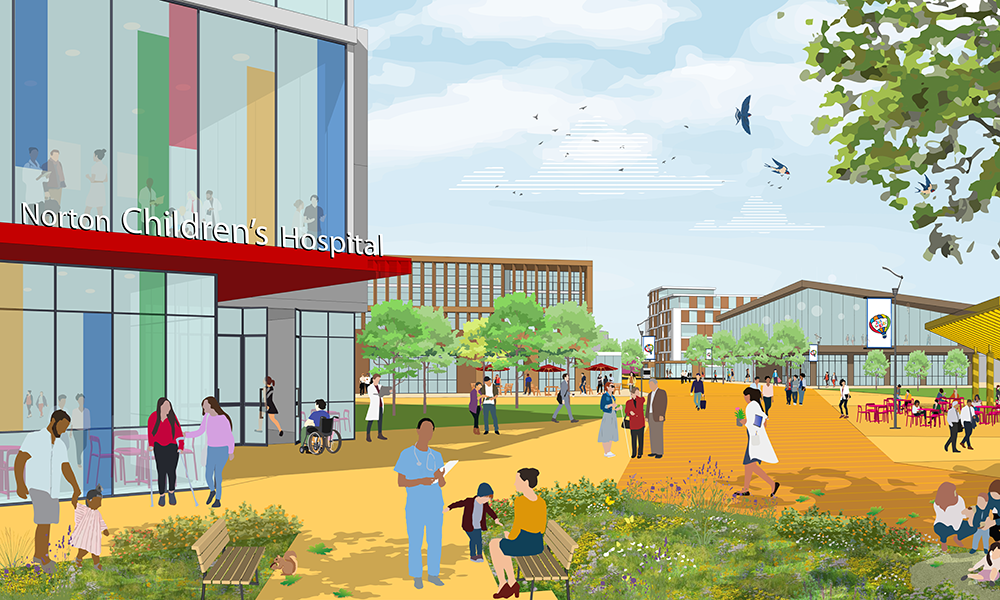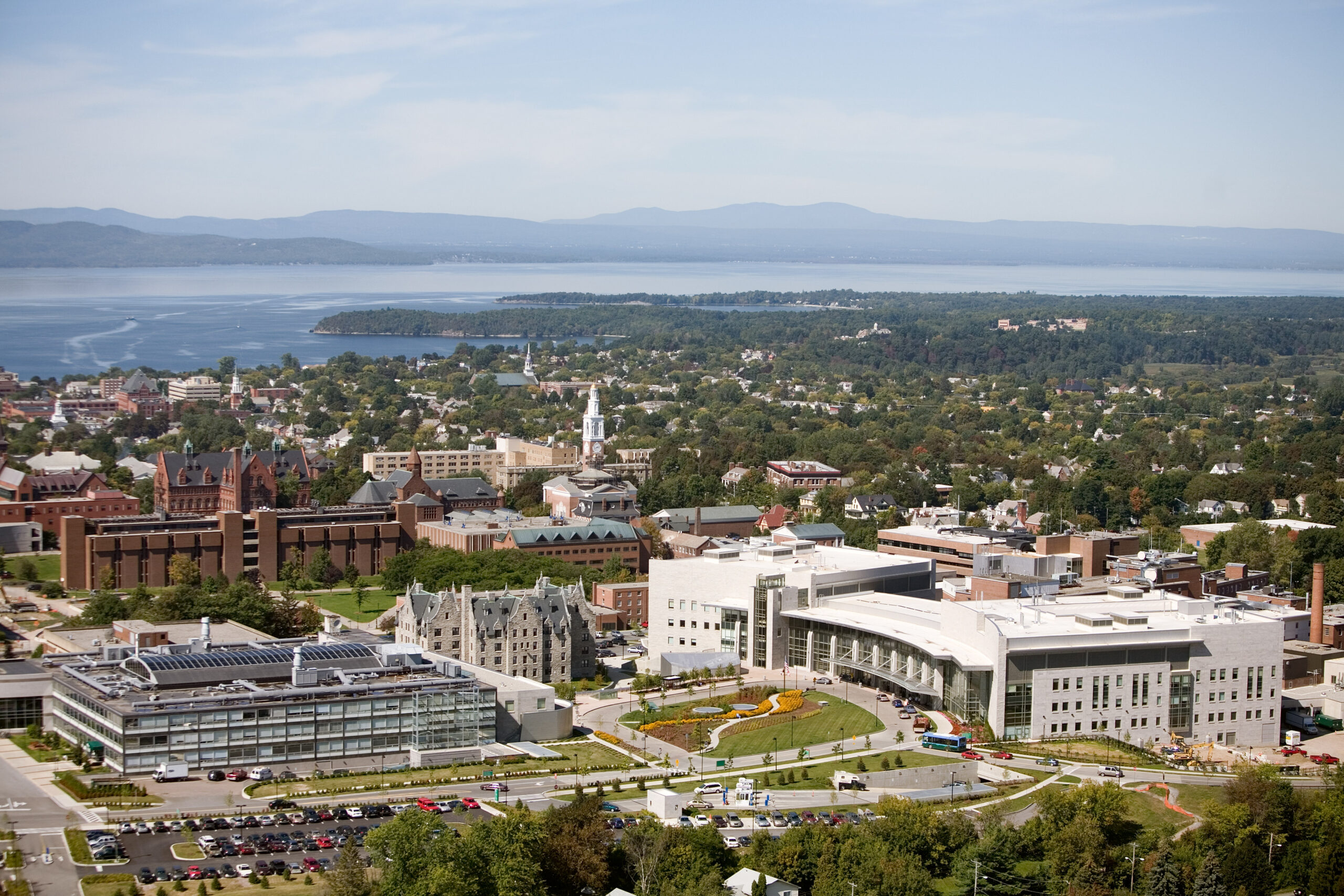SEATTLE — A recent study, titled Targeting 100!, provides a climate-specific roadmap for newly constructed hospitals across the U.S. to reduce energy consumption by an average of 62 percent. Following the goals of Architecture 2030 and The 2030 Challenge, the study gives access to design strategies and their cost implications, and showcases a process that integrates architectural, mechanical and central plant systems to improve energy efficiency.
The research team consisted of IDL, NBBJ and TBD Consultants — all of which have offices in Seattle — and Portland, Ore.-based SOLARC, as well as peer input from all aspects of hospital design, construction and operation. The team studied six climate zones in the country’s most populous regions — New York City, Los Angeles, Chicago, Houston, Phoenix and Seattle — to measure whether or not integrated design methods could cut energy consumption and operating costs.
A newly constructed, code-compliant Targeting 100! hospital saves between $500,000 and $800,000 a year in energy costs by combining energy-reducing design solutions such as sun and daylight shading controls, vacant room sensors, outdoor air supply with heat recovery systems, modified air delivery systems, thermal energy storage and improved air-tightness, and high insulation values in windows and walls. Targeting 100!’s biggest finding addressed the reheating of centrally cooled air, which accounts for more than 40 percent of annual heating energy usage.
The study says that by implementing the strategy, design and construction costs would only increase by 3 percent and lead to an average 9 percent return on investment each year after. It also suggests an average hospital that functions at a 2 percent to 3 percent operating margin must generate an extra $20 million to $30 million in revenue to have the same impact on the bottom line. Therefore, the strategy can help improve a hospital’s operating margin by 25 to 33 percent by reducing operating costs and can see a 51 percent return on investment, depending on the climate zone, local construction and utility costs.
The new research is an extension of a regional study conducted in Seattle in 2007 and was funded by a $1.3 million grant from the U.S. Department of Energy and the Northwest Energy Efficiency Alliance’s BetterBricks.





